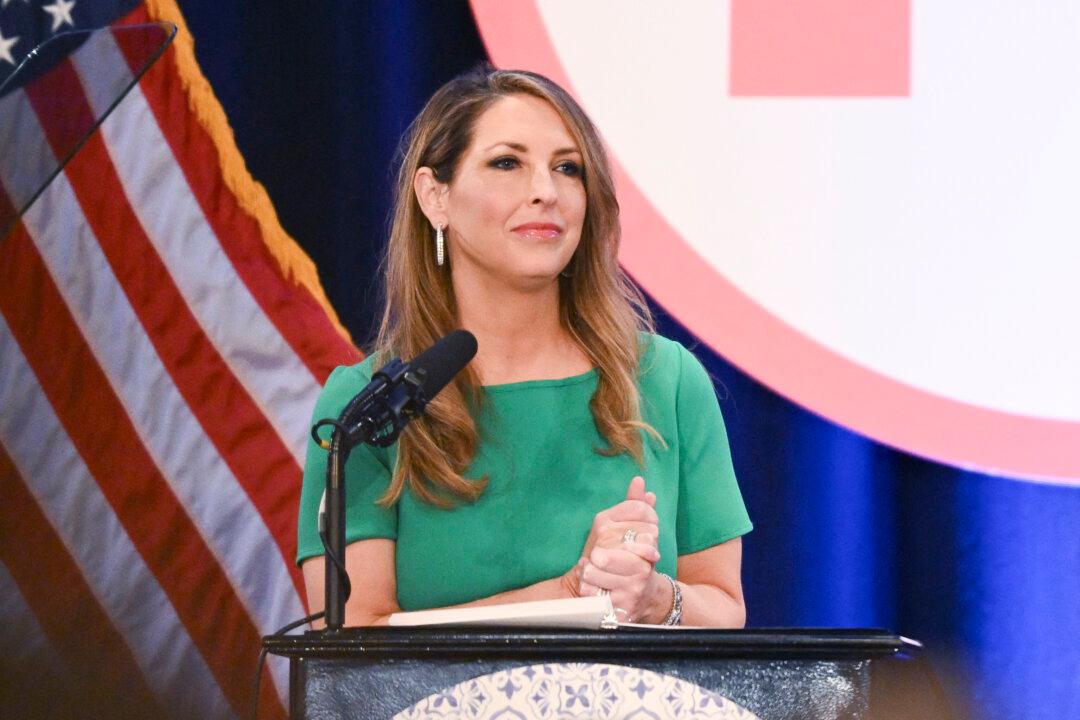The majority of Americans are trying all kinds of things to offset the impact of inflation and rising costs of everyday essentials, a survey shows.
Of the Americans who are taking action to reduce expenditure, the latest BMO Real Financial Progress Index published on Tuesday shows they are shopping for cheaper items and dining out less, among other things:
- 42 percent are changing how they shop for groceries. This includes opting for cheaper items, avoiding brand names, and buying only the essentials;
- 46 percent are either dining out less or consciously spending less when dining out;
- 31 percent are driving less to offset the soaring cost of gas;
- 23 percent are spending less on vacations or canceling them altogether;
- and 22 percent are taking measures such as canceling subscriptions to the gym, cable, and so on.





